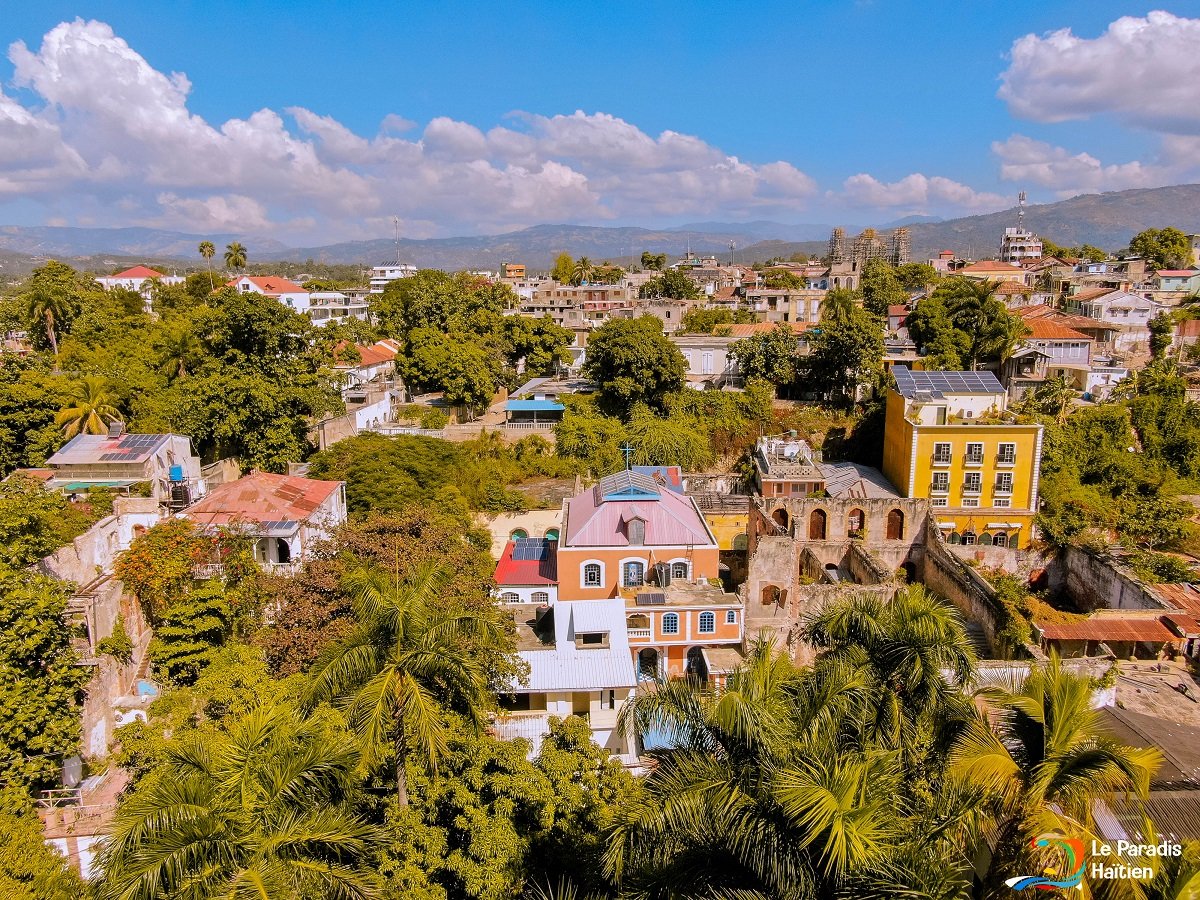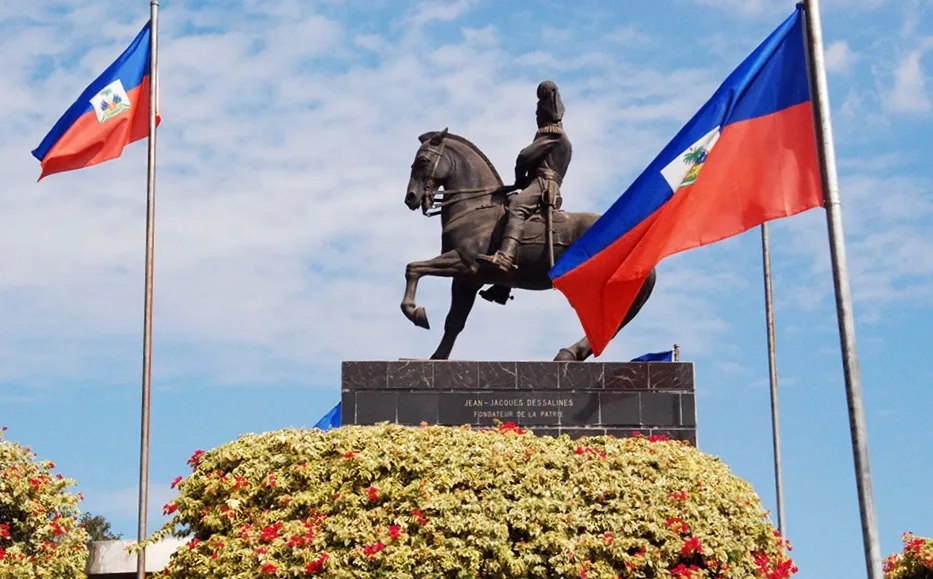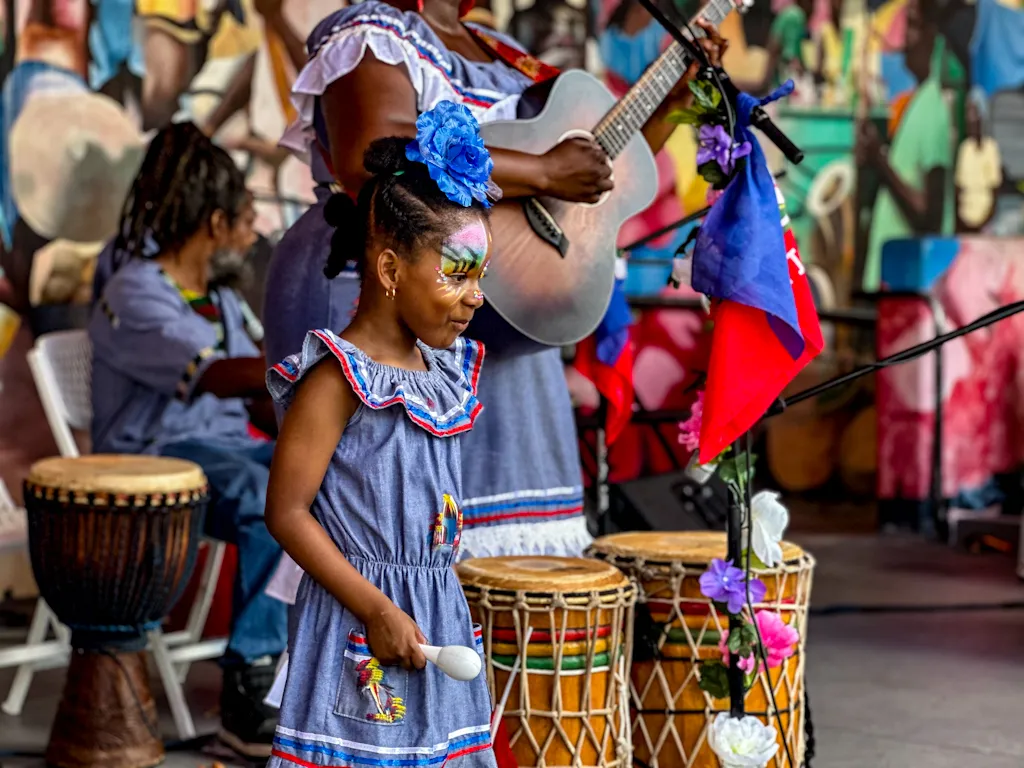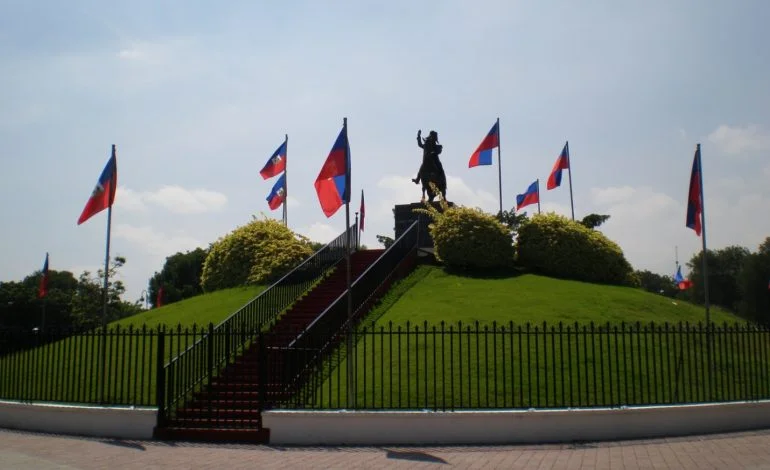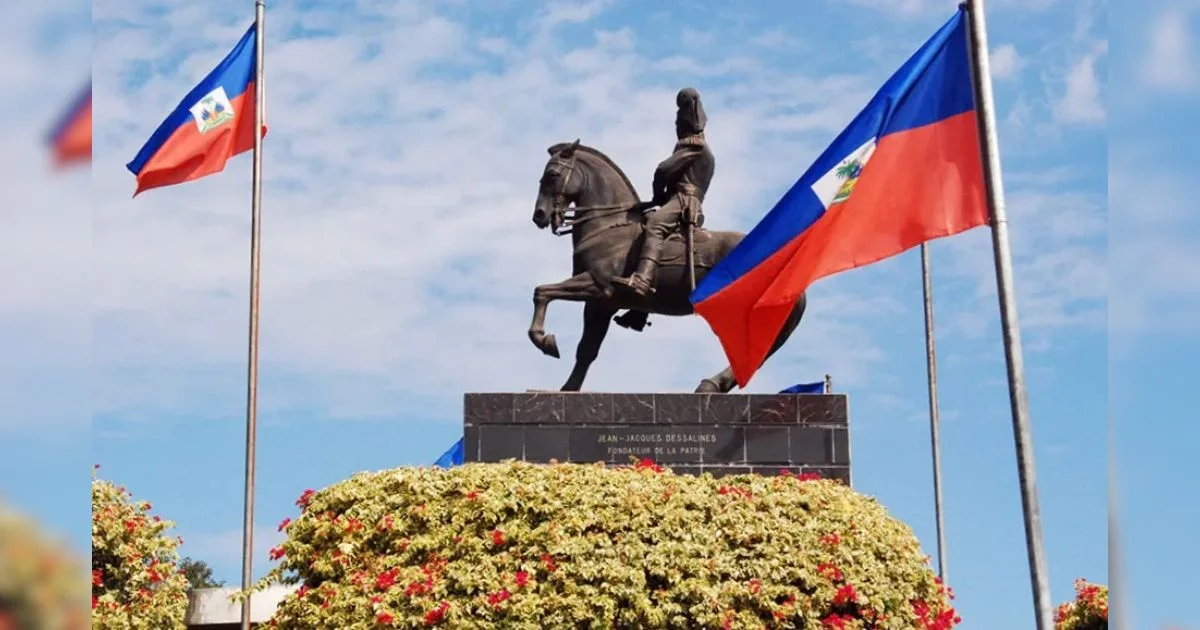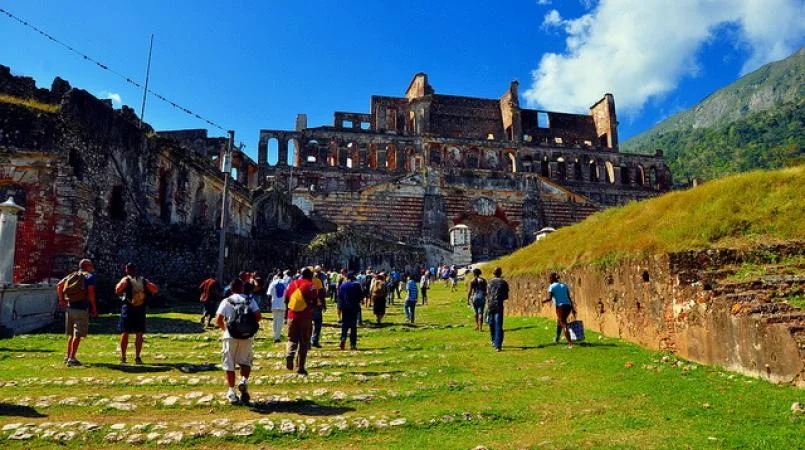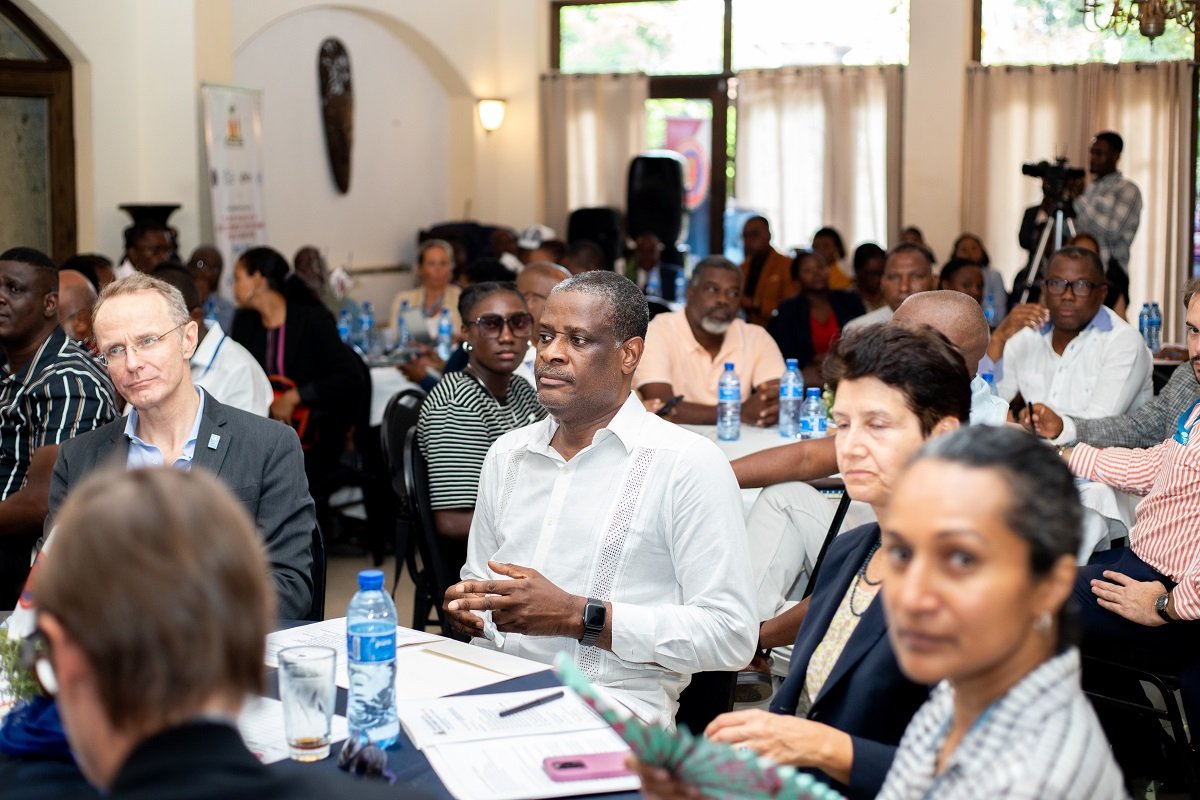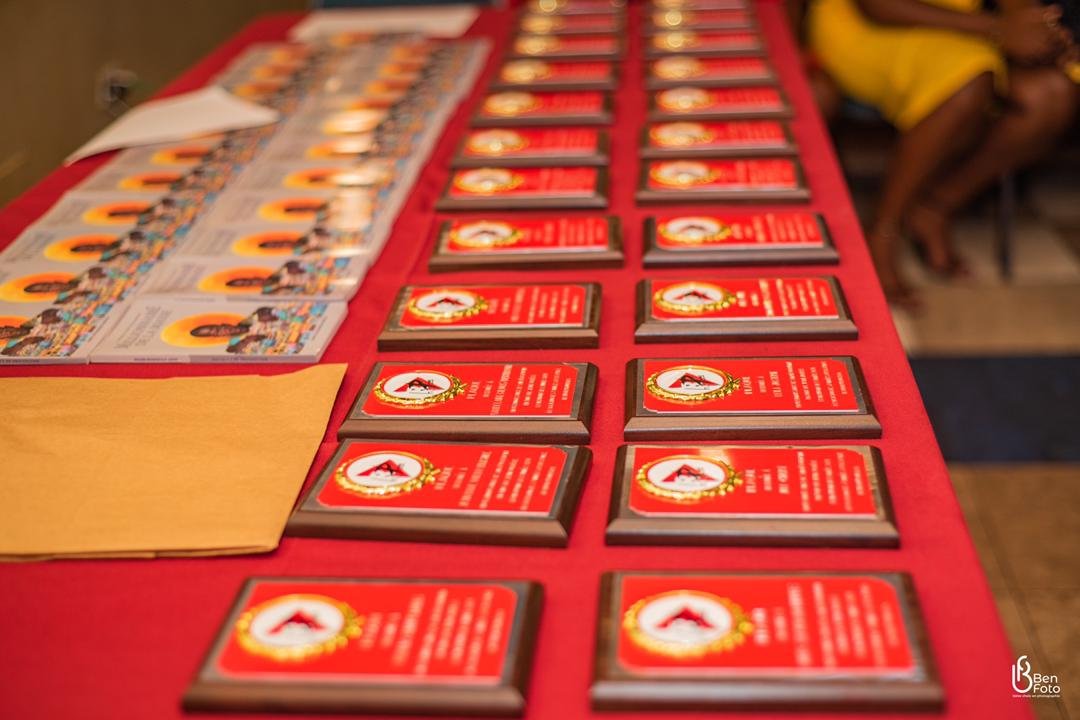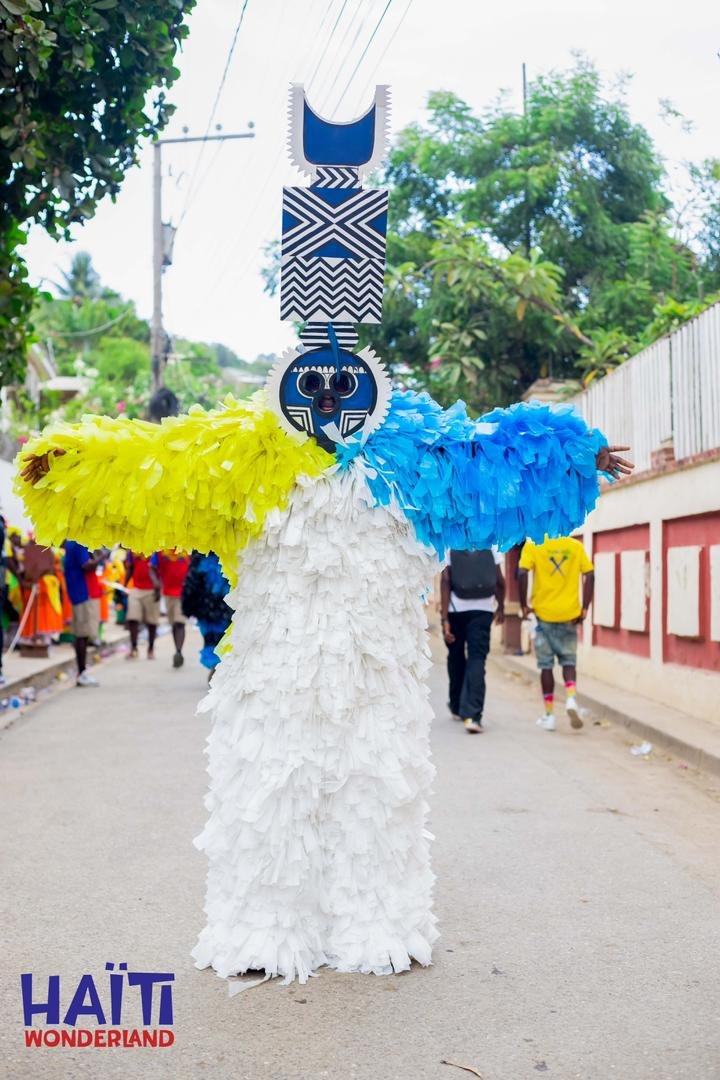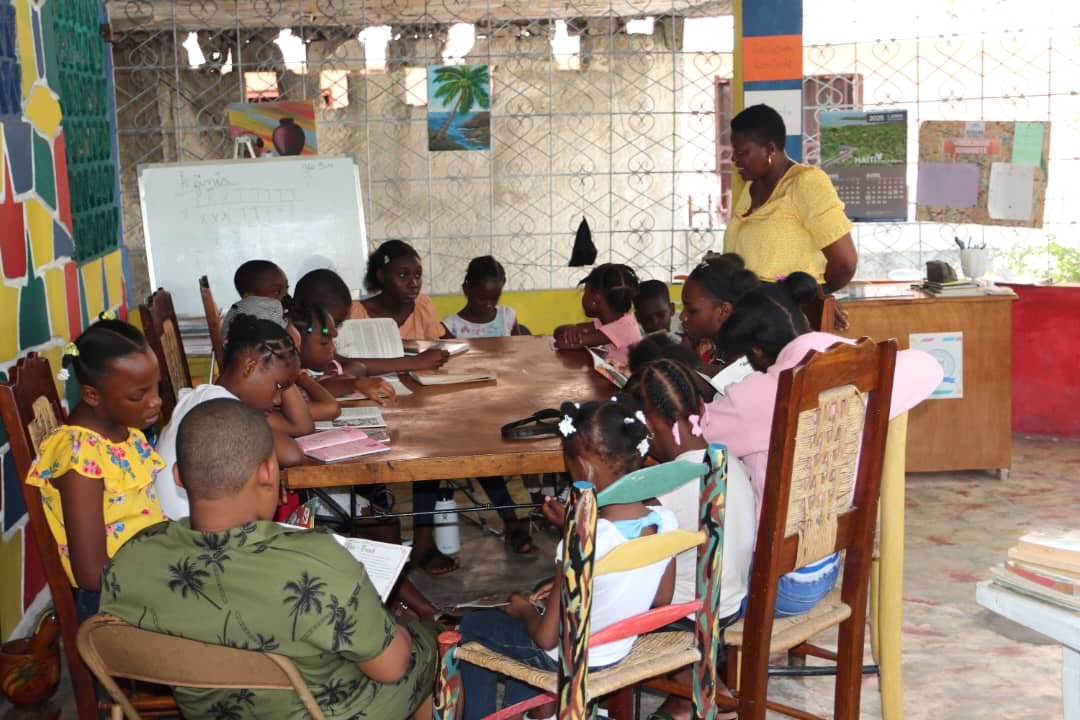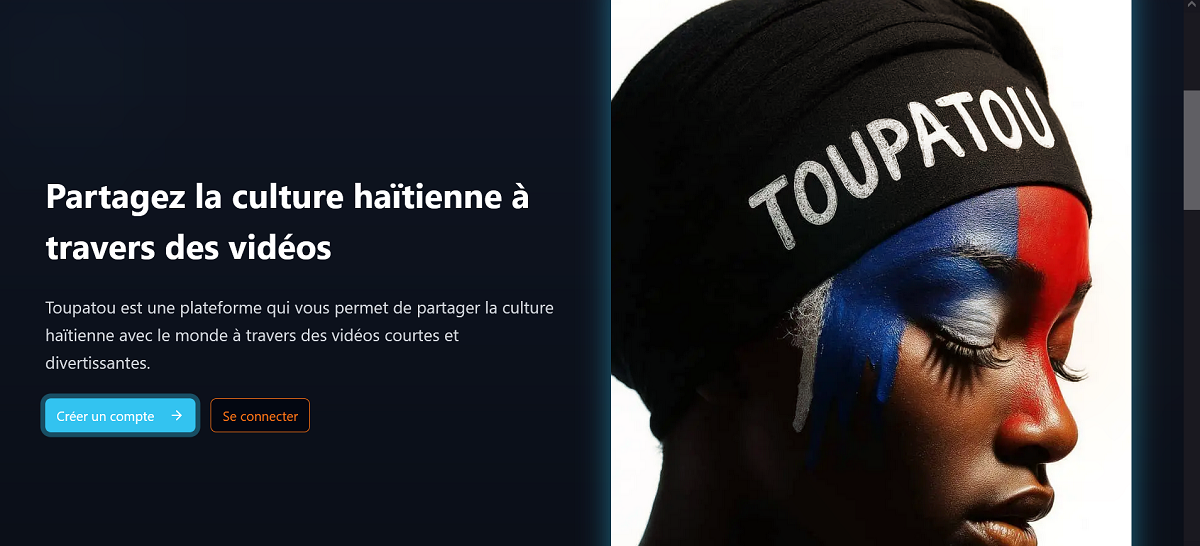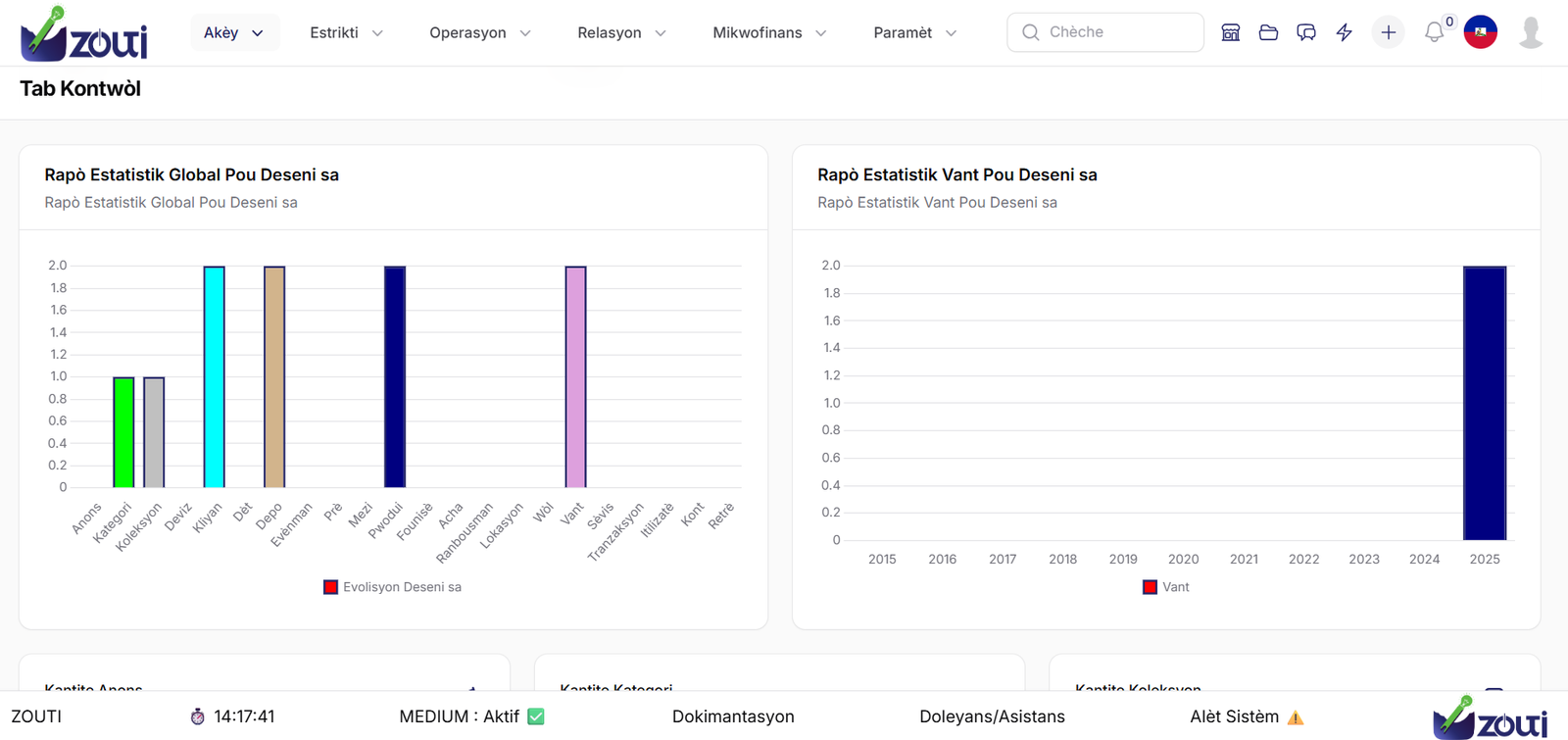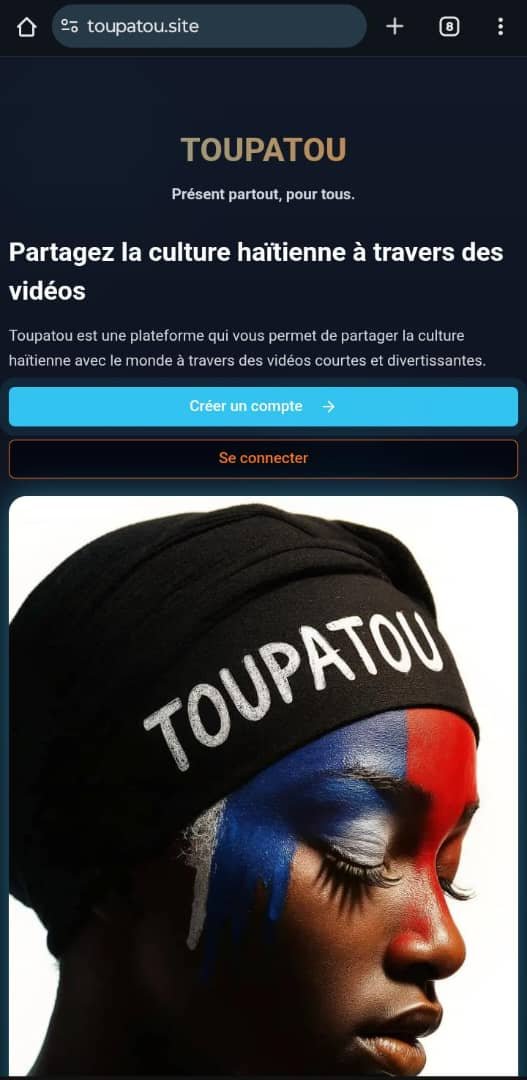Une avancée significative pour Haïti en matière de réparations et de restitutions
Lors de la 47e réunion ordinaire de la Conférence des Chefs d’État et de Gouvernement de la CARICOM, Haïti a fait un pas important en rejoignant la Commission des réparations de la CARICOM. Dominique Dupuy, ministre des Affaires étrangères d’Haïti, a annoncé cette avancée suite à sa rencontre avec le Recteur Fritz Deshommes.
Sur la scène internationale, Mme Dupuy a déclaré : "Suite à ma rencontre avec le Recteur Fritz Deshommes, au sujet de la création d’un Groupe de travail à l’UEH sur les réparations et les restitutions liées à l’esclavage et l’indépendance d’Haïti, nous avons porté le dossier à la 47e réunion ordinaire de la Conférence des Chefs d’État et de Gouvernement de la CARICOM, à laquelle je prends part aux côtés du Président Edgard Leblanc Fils."
Ce groupe de travail siègera en tant que Comité national haïtien au sein de la Commission des réparations de la CARICOM. "Haïti rejoint désormais la Commission des réparations de la CARICOM au sein de laquelle ce Groupe de travail siégera en tant que Comité national haïtien," a ajouté Dominique Dupuy.
Cette initiative représente une étape cruciale pour Haïti, marquant son engagement actif dans les discussions régionales sur les réparations et les restitutions historiques.
Lire l'article en :














